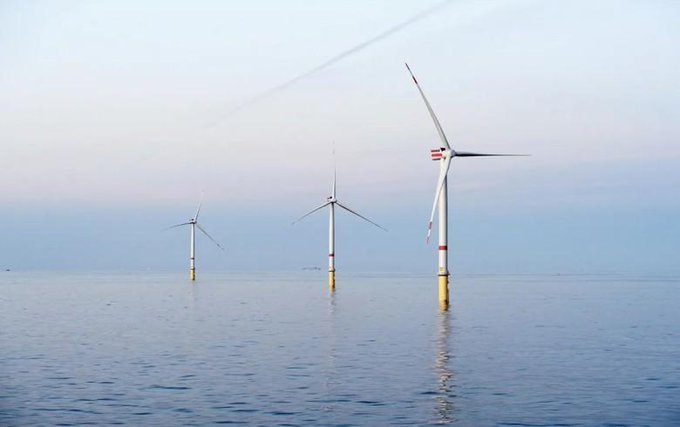Baltica 2+3 Offshore Wind Farms Project Overview
Plans are underway to develop a construction plan for both of the Baltica Offshore Wind Farm’s phases, Baltica 2 and Baltica 3. The project is being implemented by Ørsted and PGE Group.
Work will be done by the Polish design firm Projmors Maritime Construction Design Office. This will be in partnership with a Danish-based worldwide consulting, engineering, and design business Ramboll Polska. The contractor was chosen through a competitive dialogue tendering process.
Current Status
The Baltica 2 project is currently in the development phase, with significant progress made in securing funding and planning. The European Bank for Reconstruction and Development (EBRD) has approved a €300 million loan to support the construction and operation of the wind farm. The project is advancing through the necessary regulatory approvals and environmental assessments, with construction scheduled to proceed as planned.
Scope and Size of the Poland’s largest offshore wind farm
The Baltica 2+3 project involves extensive construction activities both offshore and onshore. Key components include the installation of wind turbines in the Baltic Sea, the construction of export cables to transfer electricity to the mainland, and the establishment of substations. Additionally, an Operations and Maintenance Base will be developed in the Port of Ustka. Which will serve as a critical hub for the ongoing management and upkeep of the wind farm.
The Baltica 2 offshore wind farm, supported by an investment from the European Bank for Reconstruction and Development (EBRD), is a cornerstone of Poland’s ambitious strategy to expand its renewable energy infrastructure. The project, managed by PGE Baltica 6 Sp. z o.o., a partnership between PGE Polska Grupa Energetyczna S.A. and Orsted A/S, is poised to generate around 5 terawatt-hours (TWh) of electricity annually. Additionally, this output will be sufficient to power over two million Polish households. Aligning with the country’s commitment to increase its offshore wind capacity.
The contractor will create design documentation for the Baltica Offshore Wind Farm’s technical design, including foundations, turbines, internal cables, and power stations at sea. The consortium will also be responsible for compiling the necessary paperwork and obtaining building permits.
“We are pleased to have hired an experienced consortium to handle one of the Baltica 2+3 project’s most crucial scopes. In a wind market where competition is fierce, players can develop their skills and experience by joining forces with regional and international companies to form consortia, for example.
We have seen similar effective strategies in other markets. Now we can see them in Poland as well,” said Sren Westergaard Jensen, Project Director at Baltica Offshore Wind Farm on behalf of Ørsted.
Read Also: Refurbrishment almost complete on Southampton’s Redbridge Causeway
Implementation of the Baltica Offshore Wind Farm Project

Construction Timeline and Capacity
The first phase of the project, Baltica 3, which has a capacity of up to 1045.5 MW. It is set to begin operations in 2026, according to the timeline. The following phase, Baltica 2, which has a 1498 MW maximum capacity, is set to be operational in 2027.
Both phases of the Baltica Offshore Wind have received the right to a contract for difference (CfD). Additionally, they have received location decisions (PSzW), environmental decisions for the maritime section, transmission network connection agreements with the operator, and more.
Challenges
Given its classification as a Category A project, Baltica 2 faces rigorous environmental and social impact assessments. The project must comply with Polish and EU environmental standards, which necessitates comprehensive planning and mitigation strategies. Key challenges include minimizing the environmental footprint and addressing the potential impact on local wildlife and marine ecosystems.
Read also: The largest operating offshore wind farms in the Asia-Pacific
Project Team
The project is spearheaded by PGE Baltica 6 Sp. z o.o., a collaboration between two leading entities in the energy sector: PGE Polska Grupa Energetyczna S.A., a major Polish energy company, and Orsted A/S, a global leader in offshore wind energy. This partnership combines extensive expertise in energy production and environmental stewardship.

